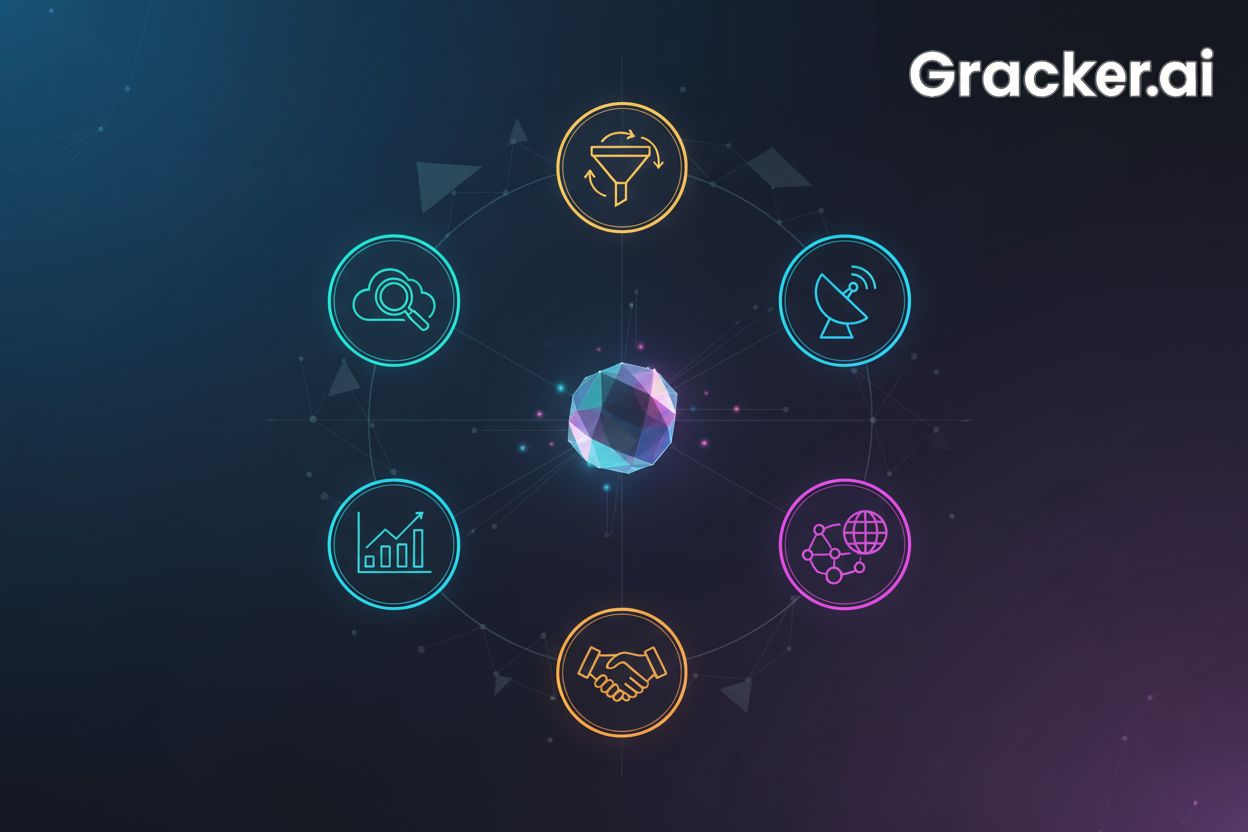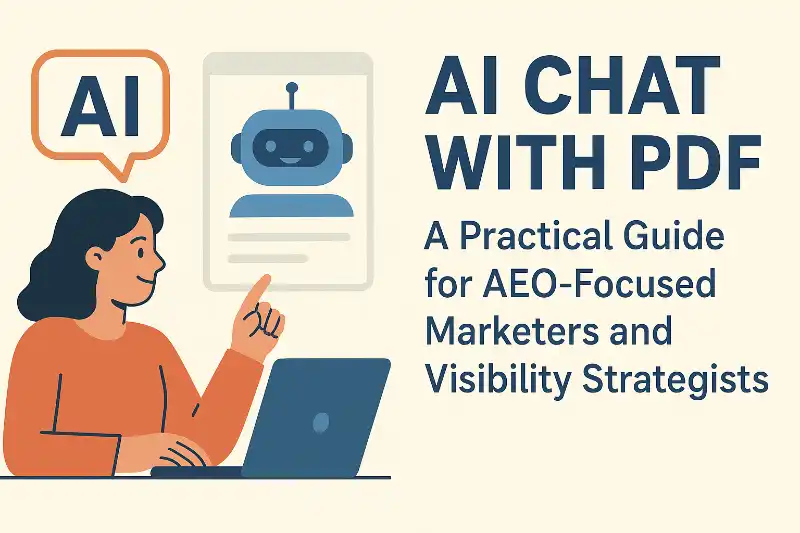The Rise of Generative Engine Optimization
TL;DR
Understanding the Shifting Sands: From SEO to GEO
Wow, ai is changing everything, isn't it? Traditional seo felt like a relatively stable game for a long time... but those days? Maybe are gone. Forever.
seo's Role Diminishing? Traditional seo, while not obsolete, is definitely facing a new reality. (Is SEO Dead in 2025? (A Data-Driven Answer) - Neil Patel) It's like relying solely on billboards when everyone's glued to their phones. It still works, but... it's not enough. The shift to ai means we need to think about how our content is understood by these new systems, not just traditional search engines.
ai as the New Gateway: Search engines, especially Google, still hold sway, but ai platforms are quickly becoming the go-to source for information. (AI Search Is Growing More Quickly Than Expected) Think about it – how often do you just ask ai instead of sifting through pages of search results?
seo's Enduring Power: We can't just ditch seo. It still matters, and understanding which aspects continue to drive value is key. It's about figuring out what still resonates as the ai landscape evolves.
The rise of ai isn't about seo dying; it's about seo transforming. It's not an either/or situation, but a "both, and..." world. As First Movers puts it, "SEO and GEO need to work together, with GEO focusing on optimizing content for AI understanding and retrieval, and SEO ensuring traditional search visibility." What's next? We'll take a look at what this new "geo" thing even is.
Why GEO Matters: Implications for B2B SaaS Growth
Okay, so ai's changing search... but like, how does that impact your bottom line if you're in B2B SaaS? It's not just about rankings anymore, folks.
- More and more, people are starting their research with ai tools. (AI Use at Work Has Nearly Doubled in Two Years - Gallup.com) Professionals are using ai to filter through the noise. If your SaaS solution isn't showing up in those ai-generated answers, you're missing out on a huge chunk of potential leads.
- ai's are giving direct answers, it's reducing clicks to websites. It's like, why bother clicking if the ai already gave you the answer?
- Visibility now? It's depending on being included in the ai's response. Think of it like getting a shout-out from a major influencer.
- traditional metrics? Impressions and ctr? They're becoming less relevant. It's not about how many people see your link, it's about whether ai trusts your content enough to share it.
So, where do you even start? Let's look at a real example of a company really leaning into this. Consider HubSpot. They've been incredibly proactive in creating content that's not only valuable for their audience but also structured in a way that's easily digestible by AI. They publish in-depth guides, glossaries of terms, and "what is" articles that define key concepts within their industry. This makes their content a prime candidate for being surfaced in AI-generated answers for common B2B marketing and sales queries. The result? They consistently appear in AI-driven search results, driving qualified traffic and leads.
Core Strategies for Generative Engine Optimization
Okay, so, you're probably wondering how to make sure your content doesn't just vanish into the ai ether, right? It's not enough to just write good stuff anymore; you gotta structure it just right, and it's a little different than old-school seo.
- Clear Signposts are Key: Think of your content like a well-organized store. Use clear headings, subheadings, and bullet points. It's about making it easy for those llms to quickly grab the important bits.
- Summarize This: Include summaries at the top of your articles. Definition blocks ("What is generative ai?") are gold. It's like giving the ai a cheat sheet.
- Easy to Digest: The easier it is for llms to extract and reuse your information, the better. Think bite-sized chunks of knowledge.
While the goal is to optimize for AI understanding, the underlying principle remains user-centric content creation.
A well-structured blog post about cloud security, for instance, could effectively implement these strategies. It might start with a concise summary defining "cloud security," followed by clearly delineated sections like "Common Cloud Security Threats" and "Best Practices for Cloud Security," with each section utilizing bullet points for easy scanning by both users and AI.
Getting this right? It's going to be super important to stay relevant, especially as ai becomes even more integrated into everything.
Emerging Metrics and Tools for GEO
Alright, so you've been optimizing for search engines... but how do you prove to your boss that all that effort is actually paying off in this new ai world? It's not enough to just say "trust me bro," right?
It's all about shifting your focus to metrics that actually reflect ai's impact.
- Reference Rate - Are llms even using your content? It's like being featured on the news, but for ai!
- Share of Voice - Are you dominating the conversation or just a whisper in the wind? Track how often your brand is mentioned compared to your competitors.
- Mention Sentiment - Is ai painting you in a good light? It's not just about being mentioned, it's about how you're being described.
- Model Memory - Is your brand becoming part of the ai's core knowledge? That's the ultimate goal... getting cemented into ai's "brain". Practically, this means your brand's expertise, products, and services are consistently and accurately represented when users query AI models, making your brand a go-to resource.
Fortunately, there's some cool tools popping up to help us track all this.
- Profound gives you visibility analytics, so you can see when your content shows up in llm responses. It's like having a spy inside chatgpt!
- Perplexity ai lets you test how your content is being retrieved and credited.
- Ahrefs is even getting in on the act, launching ai brand monitoring features - keeping an eye on mentions of your company name.
So, yeah, it's a whole new world. But with the right metrics and tools, you can prove that your geo strategy is actually working. Time to get optimizing!





